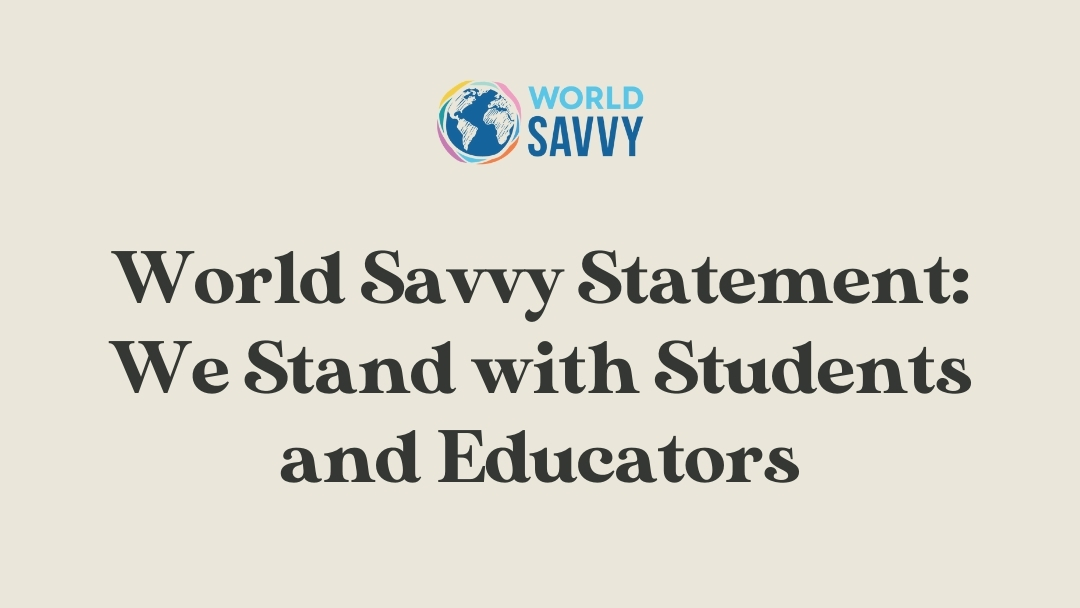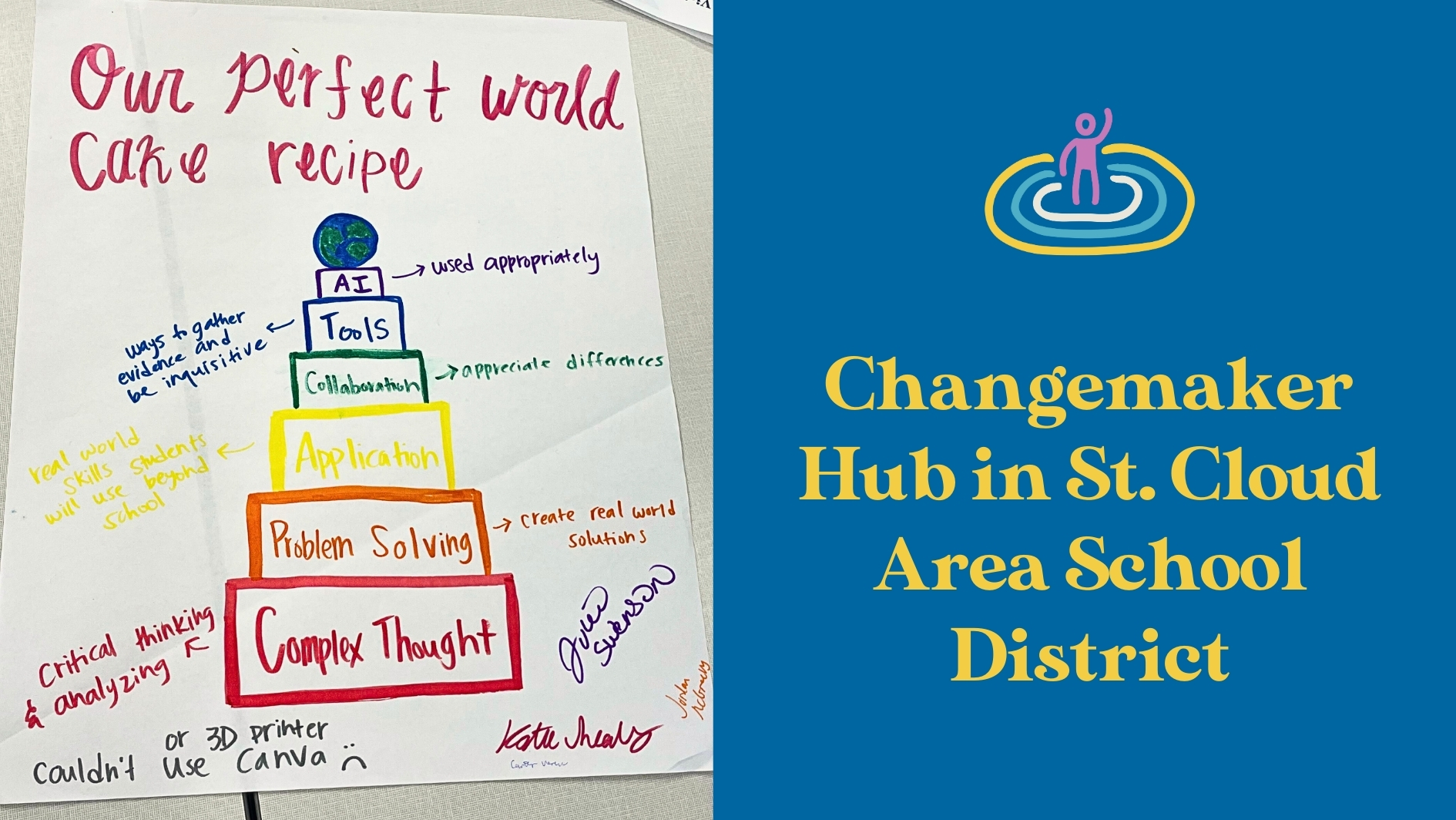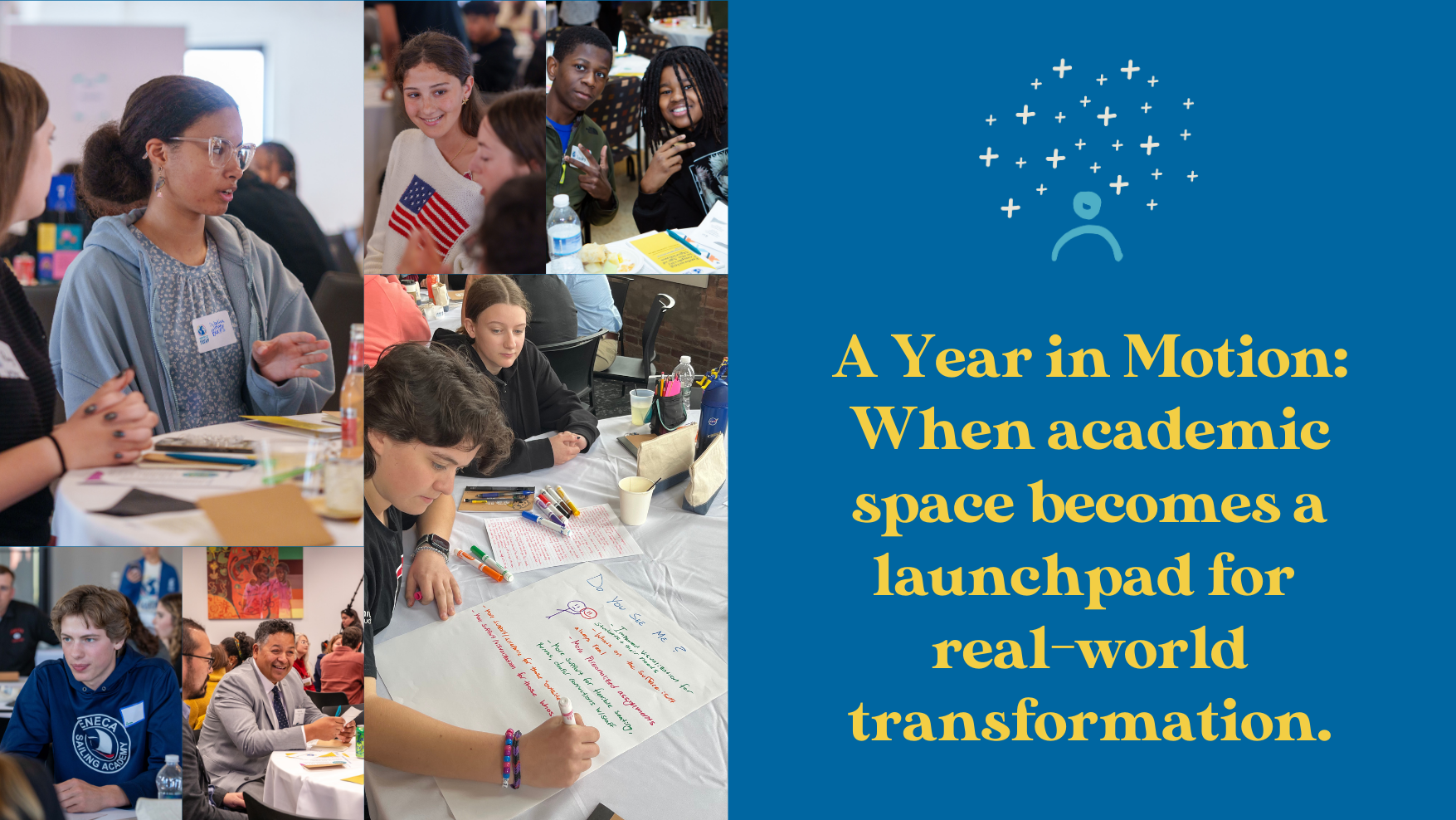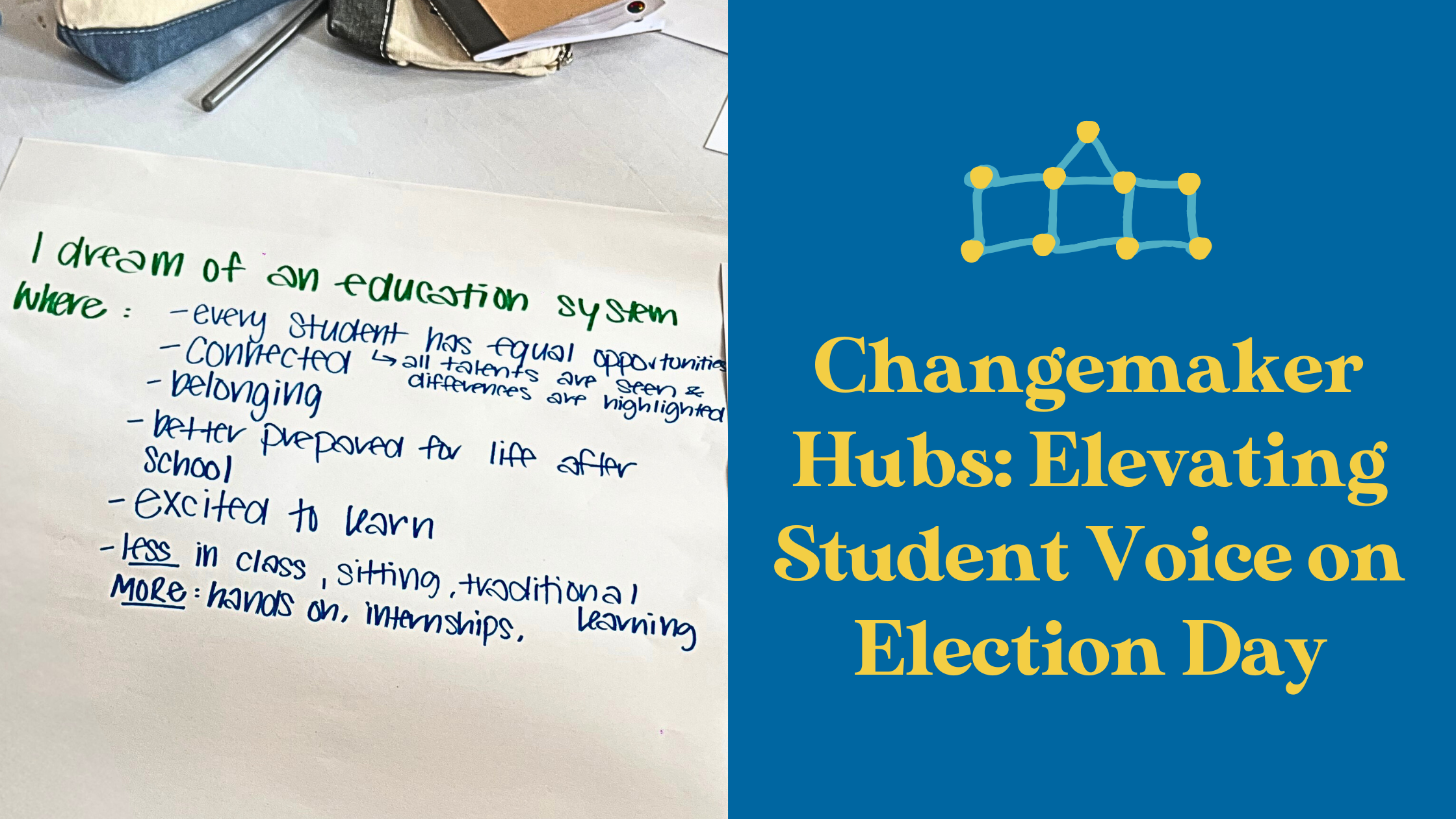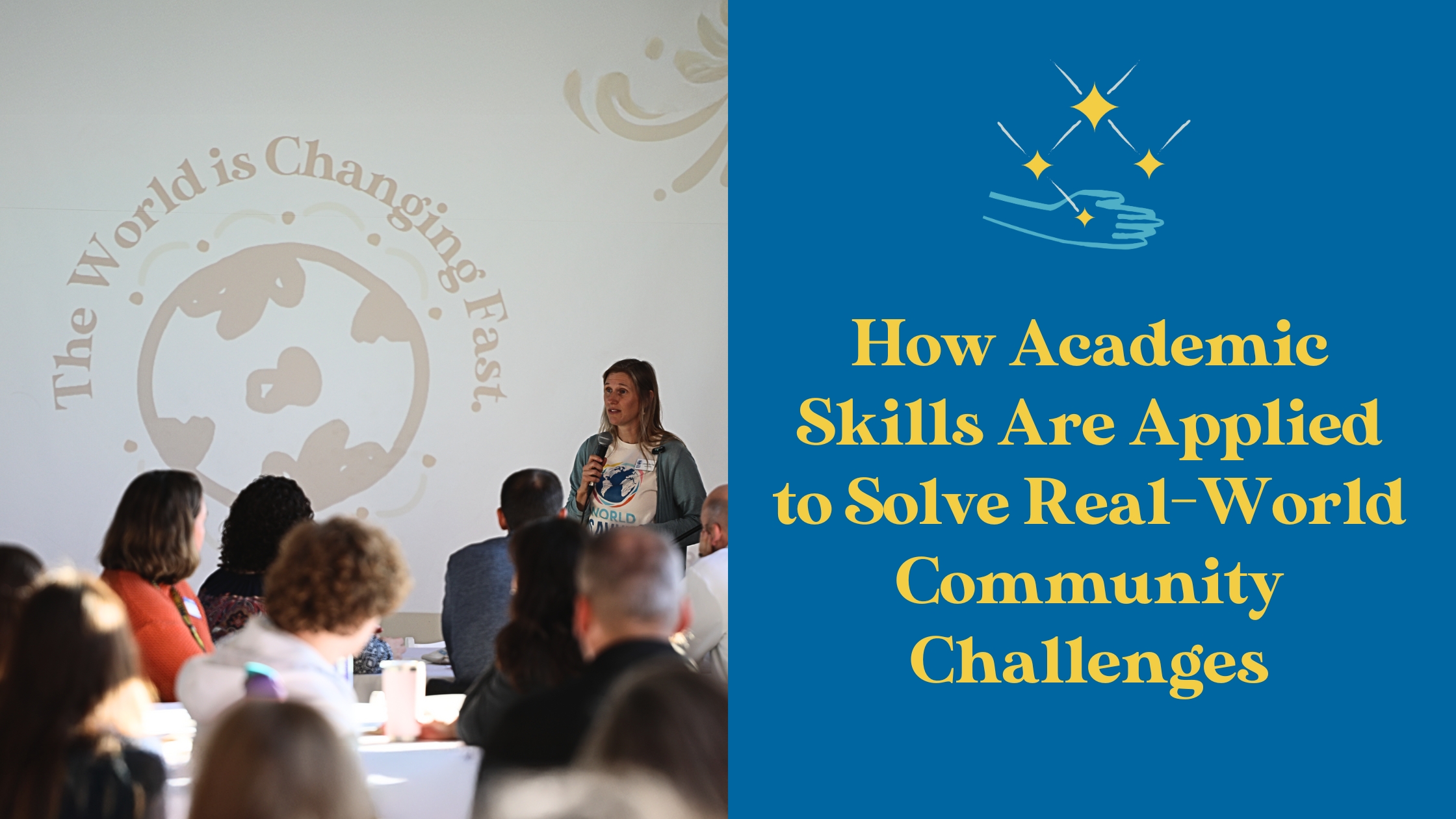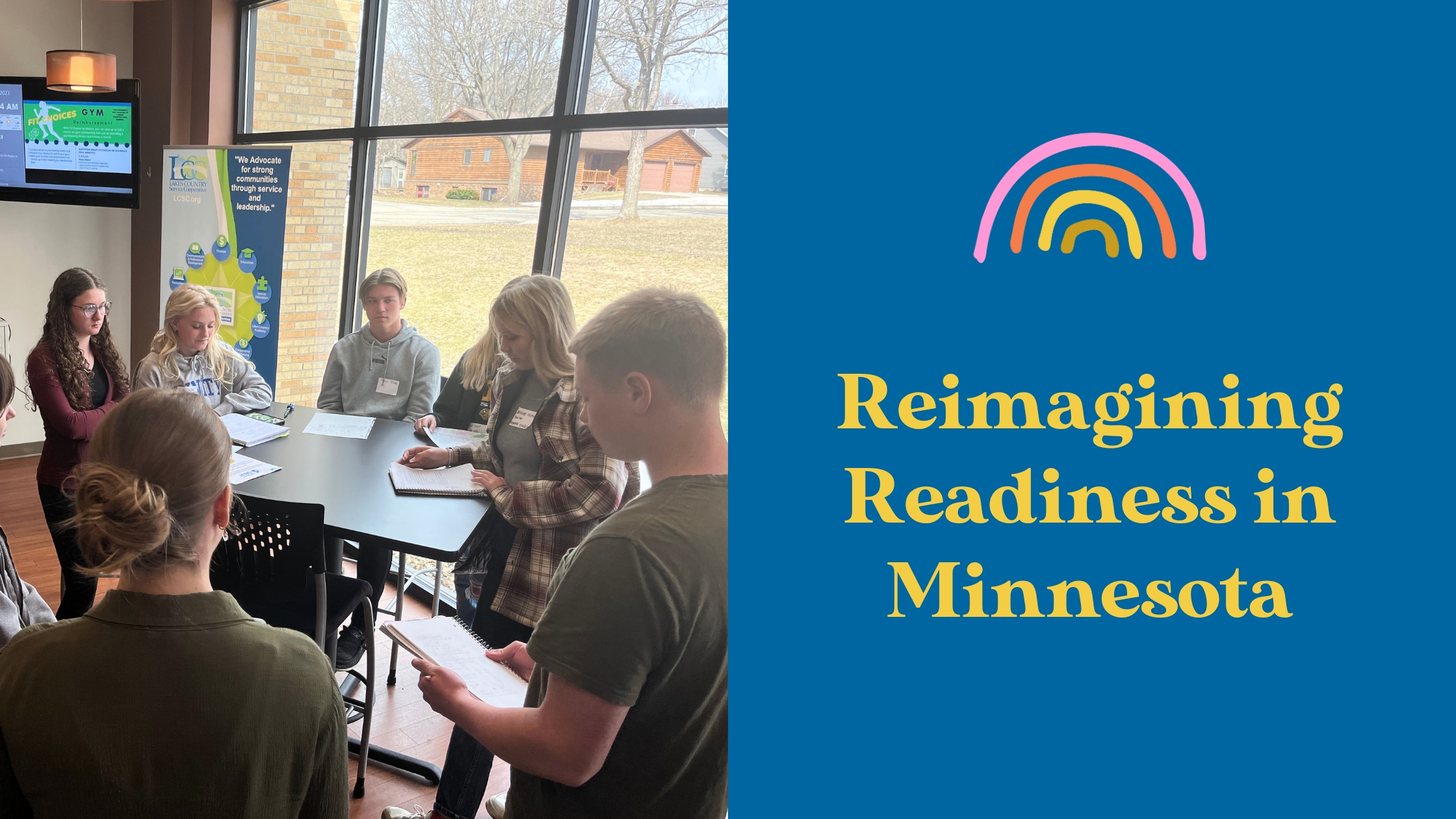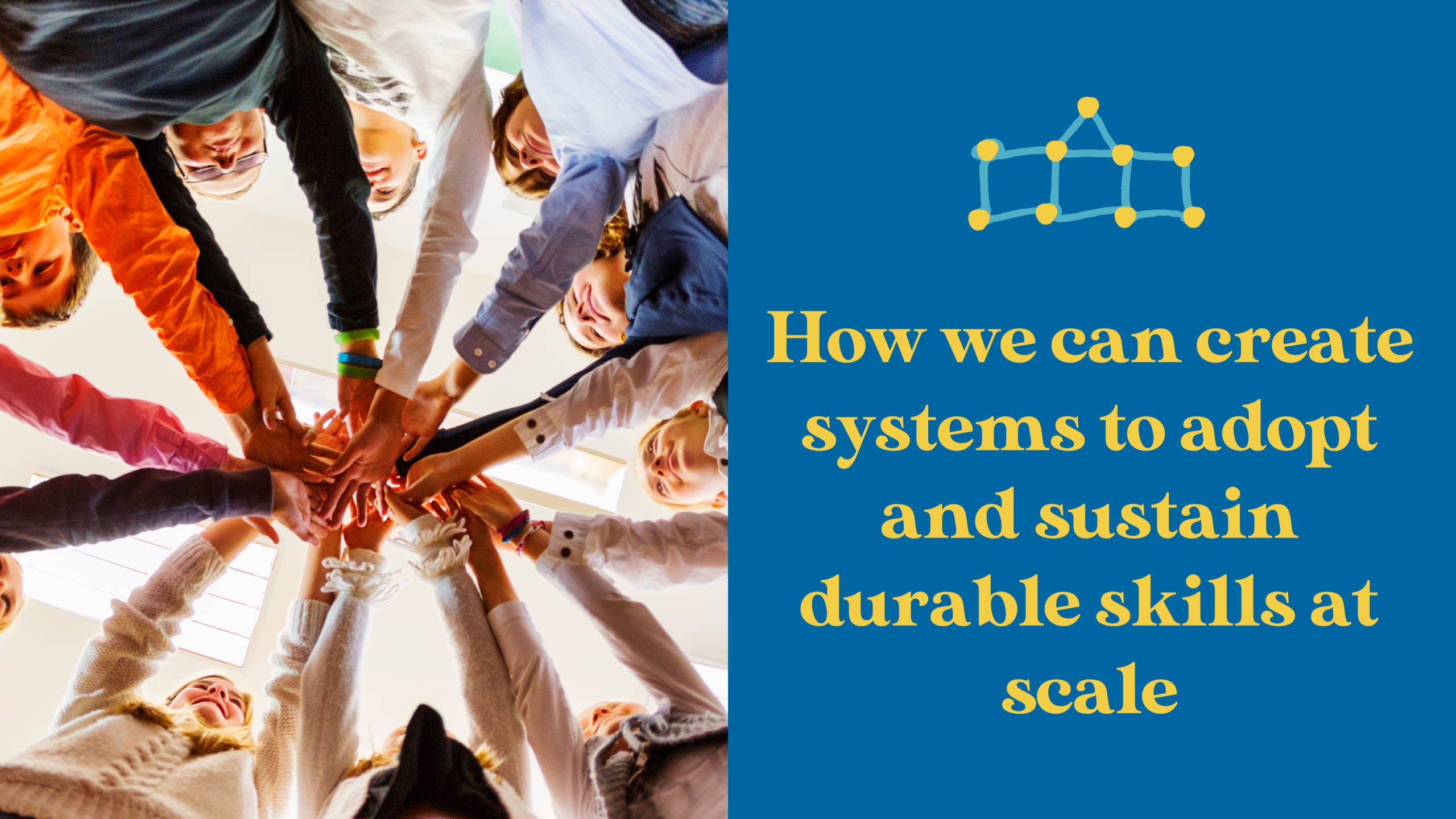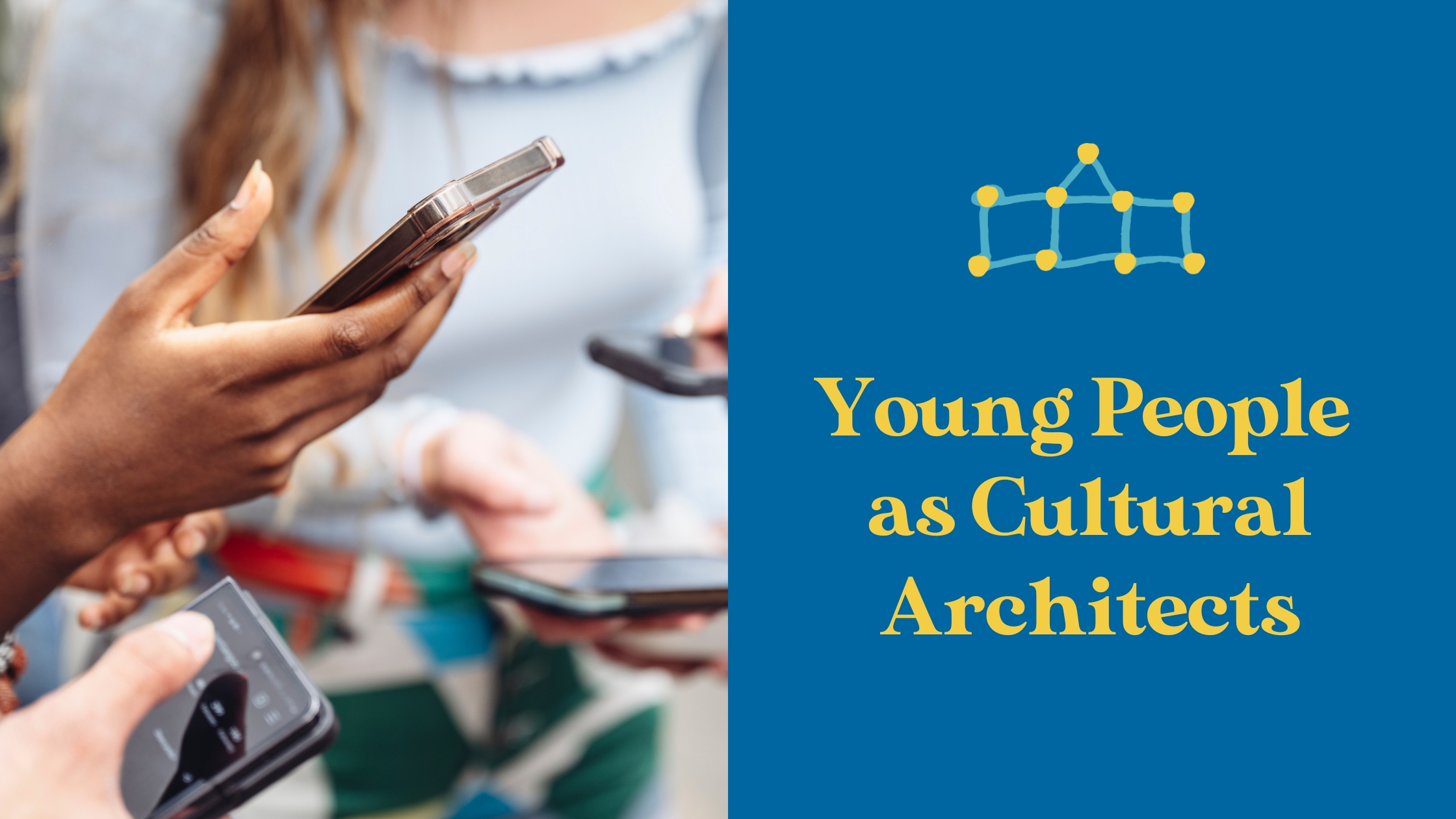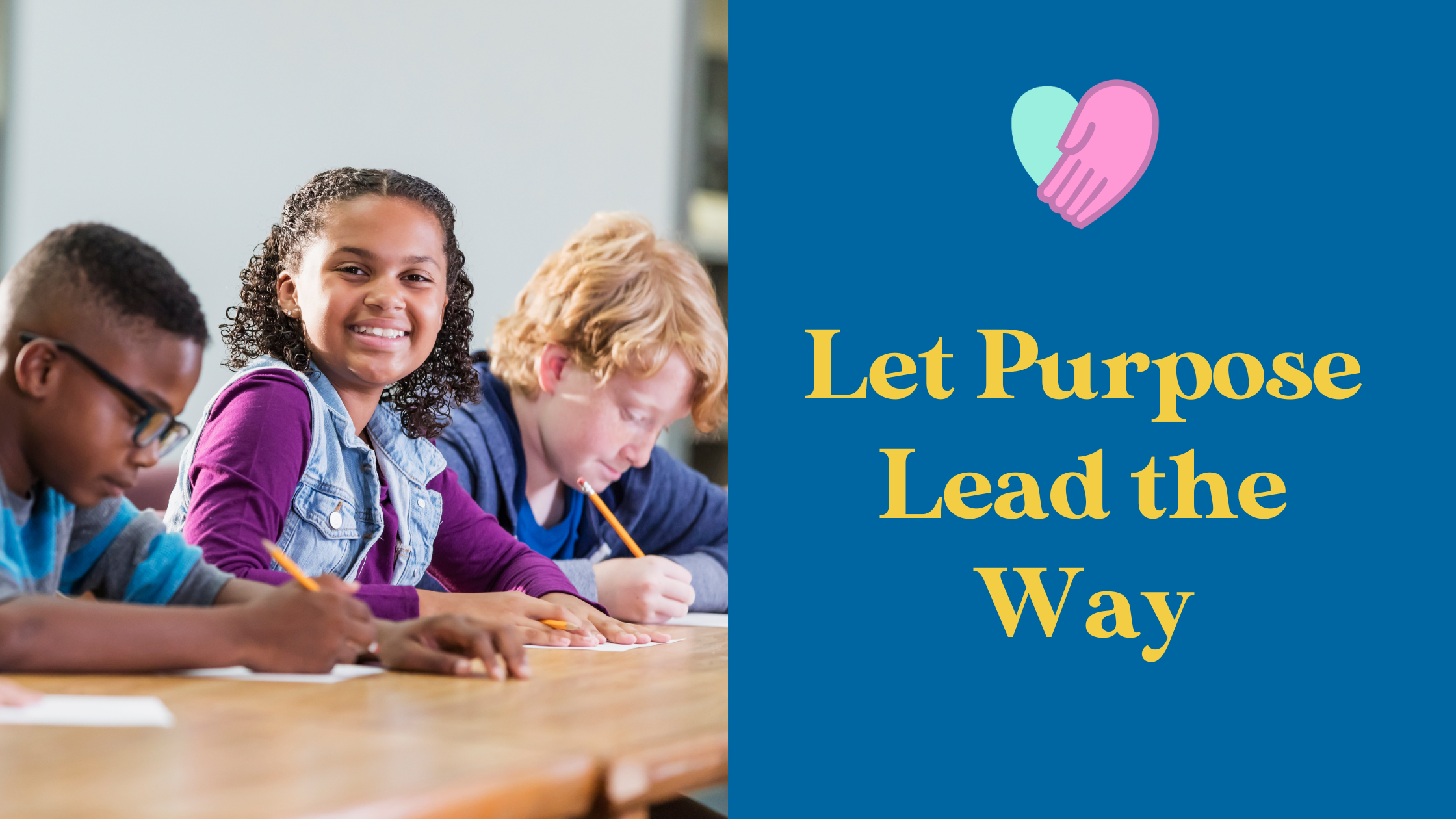What began as a quiet shift is now undeniable: change is unfolding all around us, reshaping how we think about preparing young people for the future. The spark has caught.
Students today are telling us, through their questions, their organizing, their leadership, that the systems meant to prepare them for life, work, and democracy are falling short. Employers echo this truth: durable skills like problem-solving, collaboration, and adaptability are the most critical skills for success, yet they remain underdeveloped in schools. Communities feel it too, as civic participation wanes and trust in institutions falters. The problem isn’t new, but the urgency is sharper than ever.
Communities need to reimagine the role of education not as a pipeline to content knowledge alone, but as a living system where young people practice applying their learning to real-world challenges. Where students connect with community partners, local businesses, and colleges to build the skills they’ll need to thrive. Where education becomes a bridge to purpose.
Look at New York’s P-TECH schools, where partnerships between high schools, community colleges, and local industries open doors for students to step directly into meaningful careers. Or schools that begin with a simple but profound shift: seeing and understanding their students first, and then reshaping learning conditions around them. This isn’t theory—it’s practice, and it’s working. Because when students have both inner awareness and external platforms, support, and tools, the results are unstoppable.
This isn’t isolated. It’s a groundswell.
There are many organizations out there who see the importance and relevance of pulling communities together. World Savvy has partnered with more than 922,000 students and 7,400 educators in 45 states and 32 countries, working with district and community at the center. And we are not alone in this movement. Thousands of other organizations are all part of this rhythm, a powerful wave of local change building into national transformation.
The question now isn’t if the change will happen, but: What conditions in communities spark school systems to adopt and sustain durable skills at scale?
We believe the answer lies in bringing community into schools and schools into community life. What we’ve learned from decades of education initiatives is that there is no one-size-fits-all model that can simply be plunked into any community and succeed. Communities are different, with distinct needs, strengths, and ways of being. For educational change to take root and last, it must be responsive to that unique ecosystem.
It’s like thinking of a community as the air in the environment: if you want to shift the system, you have to shift the air itself. Change is reciprocal, like a food web, where any movement in one part of the system reverberates across the whole. This means that durable skills such as adaptability, empathy, collaboration, and problem-solving cannot just be “taught” in isolation; they must be cultivated in connection with the life of the community.
When schools build authentic partnerships with local organizations, businesses, colleges, and civic leaders, students gain real-world platforms to practice these skills. And when communities see schools as vital partners in their own thriving, the conditions are set for transformation that lasts.
Because the challenges ahead, whether in our economy, our democracy, or our neighborhoods, require young people who are not just knowledgeable, but deeply connected, adaptable, and prepared for real life.
A wave of change is not chaos. It is rhythm and momentum. Youth, education, and community movements have that rhythm. Our role is to help them scale.
The nonprofit sector faces headwinds such as funding pressures, political polarization, and narratives that undervalue this essential work. And yet, against those odds, the movement grows. That paradox, pressure alongside unstoppable progress, is proof of its strength.
So whatever role you play, educator, funder, nonprofit partner, parent, or friend, you are part of this ecosystem of change. Like any living system, when one element shifts, the whole adapts. Each action, each investment, each voice strengthens the web of relationships that makes transformation possible. Together, we are not just imagining a different future, we’re co-creating it with our communities.
The groundswell is here. It’s urgent. It’s growing. Let’s keep moving together.
